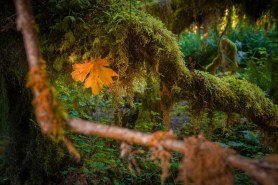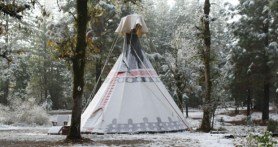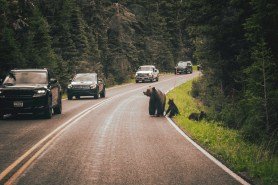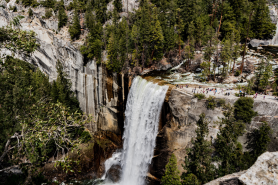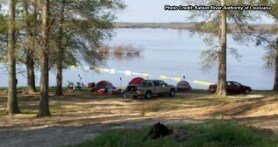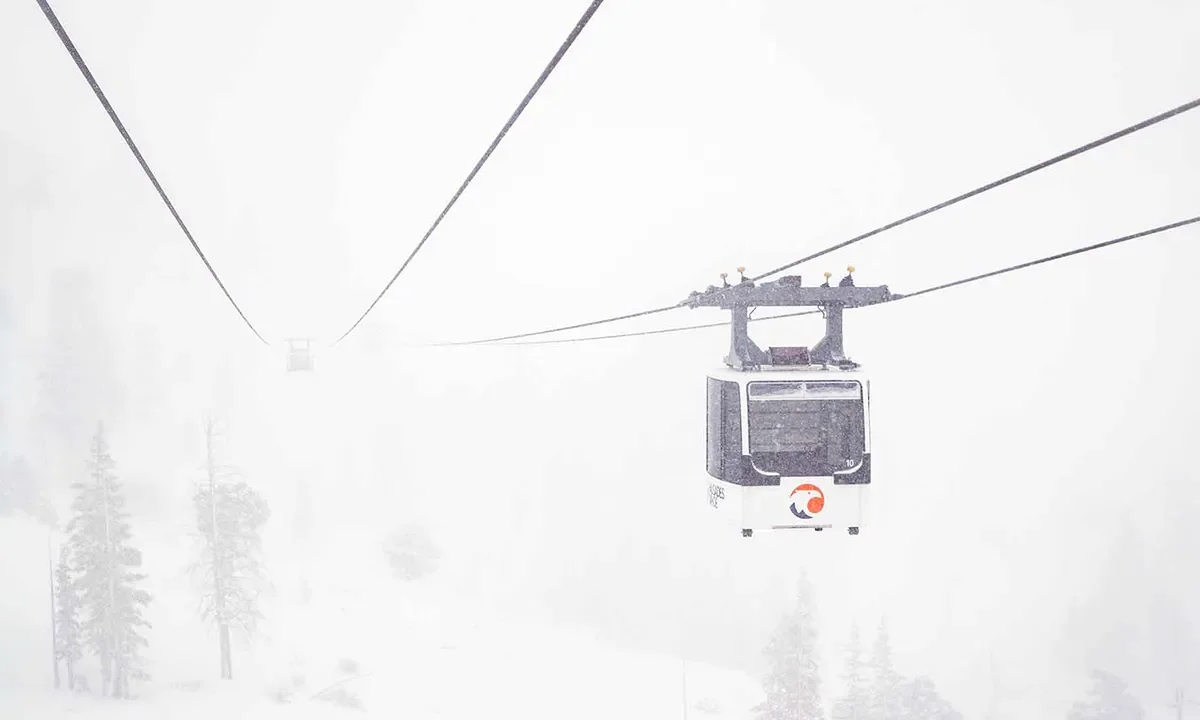

The challenging terrain of Palisades Tahoe has a hefty reputation for churning out some of the best skiers and snowboarders in the world. However, this California resort is more than gnarly terrain; it’s steeped in a rich history that dates back to the pre-Gold Rush era. Here are five interesting tidbits to read while riding the lift or winding down during apès-ski.
The Naming Behind the Legend
To understand the resort and its momentous decision to change its name to Palisades Tahoe, you must first understand the history of the area. The Lake Tahoe basin is the Washoe peoples’ ancestral territory. Their presence is the first we know of in the area and it dates back nine thousand years. The lake, “Da ow aga” in the native language, was the nucleus of their territory. In the winters, they would migrate east towards what is now Reno and Carson City. As the snow melted in the high country, they would make their way back up to the lake. The Washoe culture was, and still is, deeply connected to nature. This is brief and I highly recommend doing more research if you plan on traveling here, or live in the area.
In 1949, when the resort opened, it opened under a name that is a historically derogatory, sexist, and racist slur towards indigenous women. Though the word had been stricken from other states’ geologic features by the early 2000s, including nineteen features in Minnesota, it took until 2021 for the resort to officially change its name to Palisades Tahoe.
One of Many
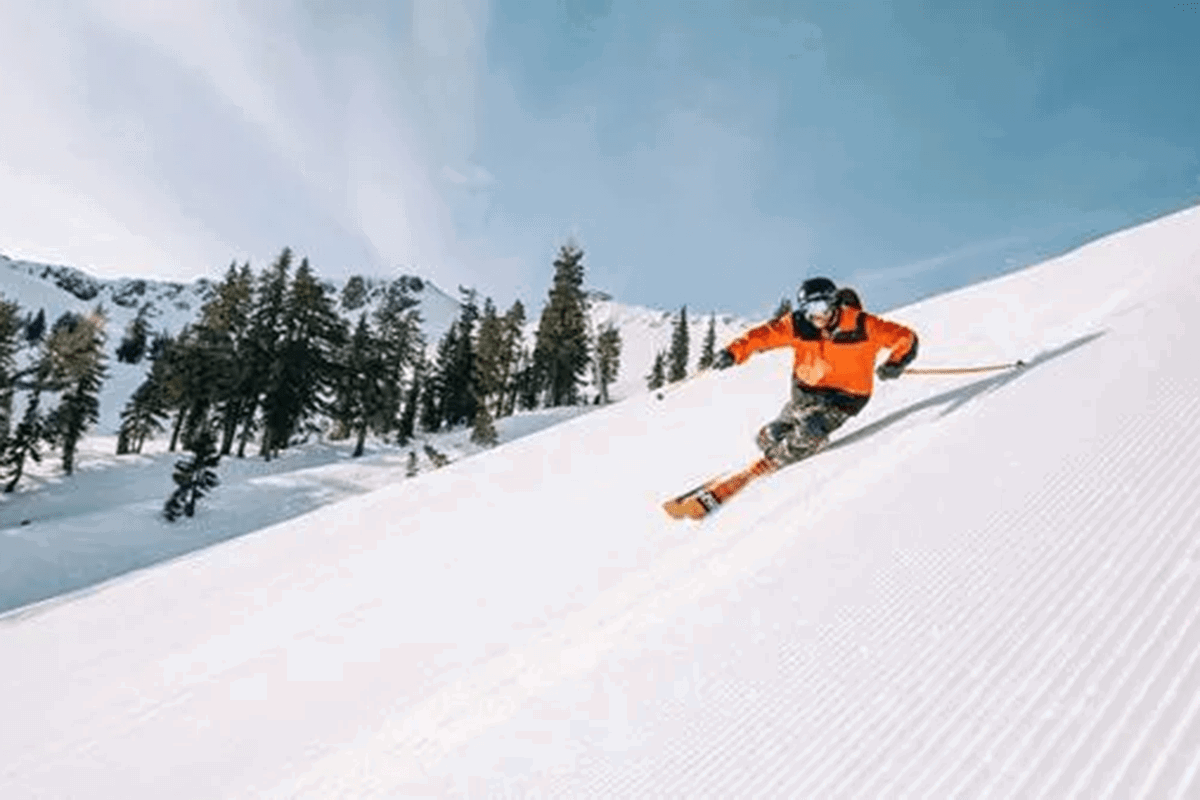
Palisades Tahoe is not the only ski resort in the Tahoe region. In fact, it is one of thirteen resorts! Others include Northstar, Diamond Peak, Mount Rose, Sky Tavern, Heavenly, Kirkwood, Sierra-at-Tahoe, Homewood, Sugar Bowl, Donner Ski Ranch, Boreal, and Tahoe Donner Downhill Ski Resort. Palisades Tahoe wasn’t even the first ski resort in the area––that title belongs to the now defunct “Olympic Hill.”
Ask anyone, though, and they will tell you that Palisades differentiates itself. This is due to its 700 inches of snow––though an average year is closer to four hundred. Just last year, Palisades further distinguished itself in the Tahoe basin as it and the former Alpine Meadows (now also considered Palisades) were connected with a trans-resort gondola. This makes it the largest resort in the Tahoe basin (and third largest in the U.S.) with 6,000 acres of skiable terrain.
KT-22
KT-22 is one of the most famous slopes in North America. KT is short for “kick turns.” “I had never seen terrain like that accessed by a chair,” Jeremy Jones, professional snowboarder and founder of the climate activist nonprofit Protect Our Winters, told Snowsbest.com. The slope’s advanced terrain features 1,800 vertical feet of cliffs, shoots, pillows, and steep walls. It’s a dream on powder days, giving the experience of backcountry skiing and riding with the ease of chairlift access. This slope at the resort alone is what inspired Jones to move to Tahoe in the ‘90s.
The mountain got its name from Sandy and Wayne Poulsen, the couple who, in 1939, bought the land the resort sits on to this day. Before there were lifts and lines, the Poulsens climbed up the daunting slope. The route down was so steep, that Sandy had to make 22 kick turns to get to the bottom. The legend of KT-22 was born.
The Poulsens partnered with Alex Cushing to build a ski resort on these slopes they came to love, but were forced out of the deal due to a disagreement. Cushing went on to found what has now evolved into Palisades Tahoe without them.
1960 Winter Olympics
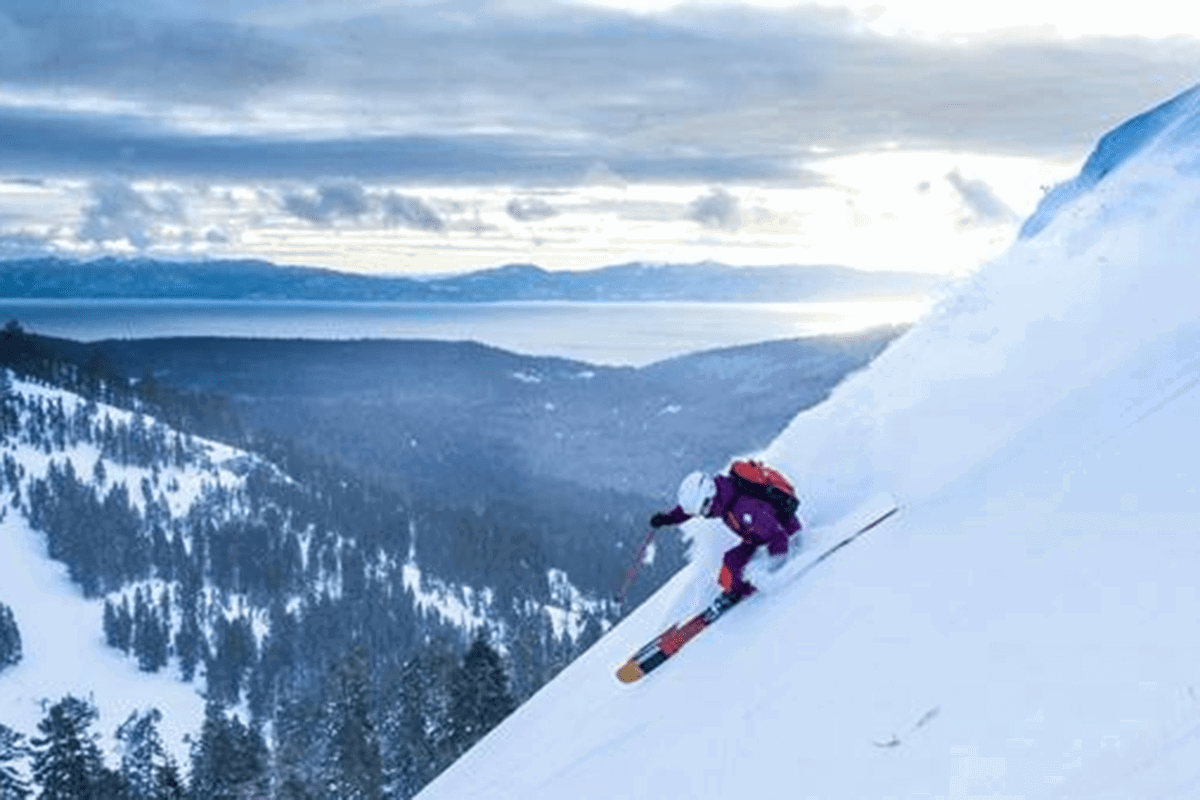
If you’ve been to the resort, you may have noticed the Olympic signs and ceremonial flames at the entrance. Palisades Tahoe was home to the 1960 Winter Olympics, but that’s not even the interesting part. The 1960 Winter Olympics were home to many firsts that changed the snowsports industry.
First and foremost, these were the first televised Olympic games in the United States. For the first time, people across the nation could watch the games from their homes. This brought a larger awareness of winter sports and piqued Americans’ interest in the sport of skiing. CBS’s broadcasting of the games also inspired the instant replay that is now synonymous with sports. When the judges were unsure about something in the Men’s Slalom, they asked if they could review the recording of the event, thus inspiring CBS to promote the instant reply for those watching at home.
Other firsts include the first biathlon and women’s speed skating games, the use of metal skis in ski racing, and utilizing computers to compute scores.
The Ride of Your Life
In 1968, the resort purchased a cable car from Switzerland to traverse a 1.5-mile climb over the Tram Face cliffs from the base of the resort to High Camp, a mountaintop lodge. When it was installed, this tram was the largest in the world. Today, the tram still operates year-round and offers riders incredible views of the resort and Lake Tahoe.
Of course, the tram is not the only way to take in the views from the Tram Face. During the summer, thrillseekers can challenge themselves on the Via Ferrata routes guided by Alpenglow Expeditions. Secured to the rock with anchors and cables, people scale the sheer sides and shoots of this incredible location.
Also check out our guide to the best cross country skis.





